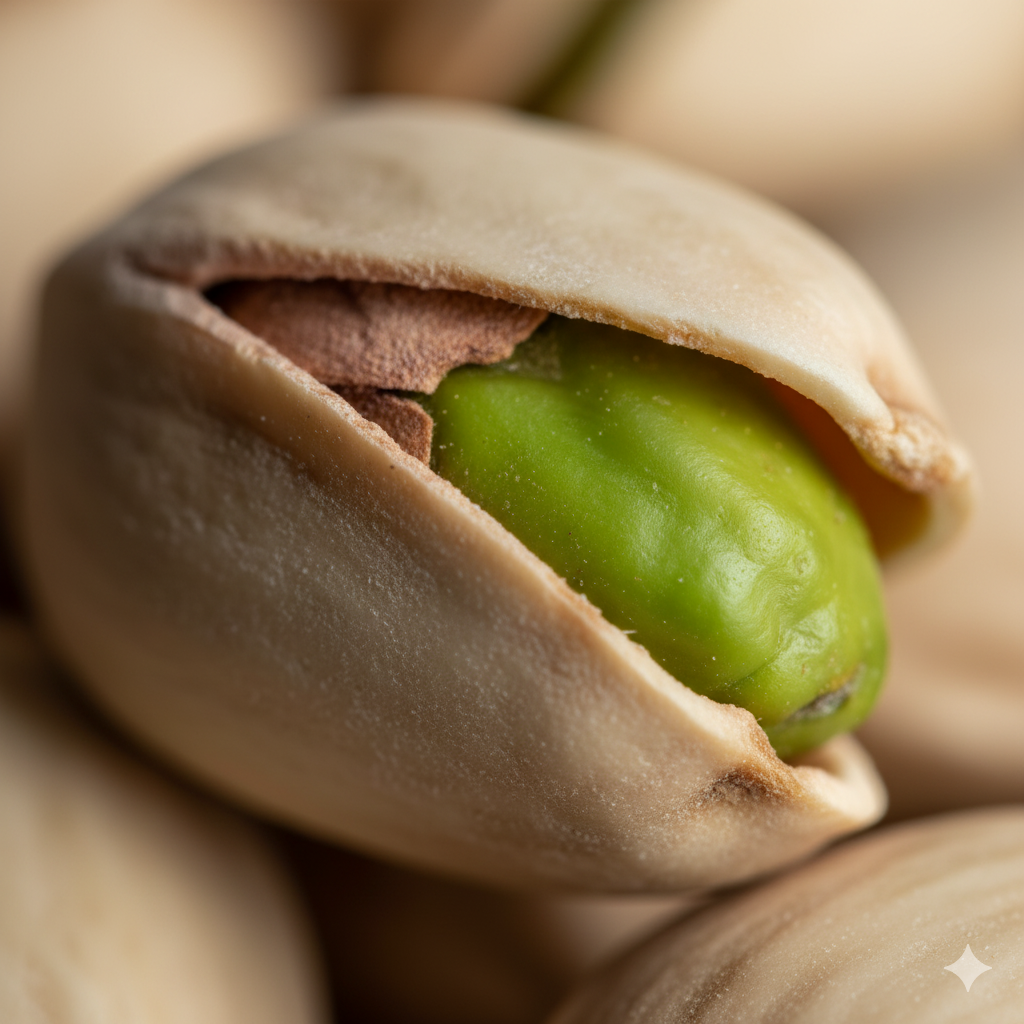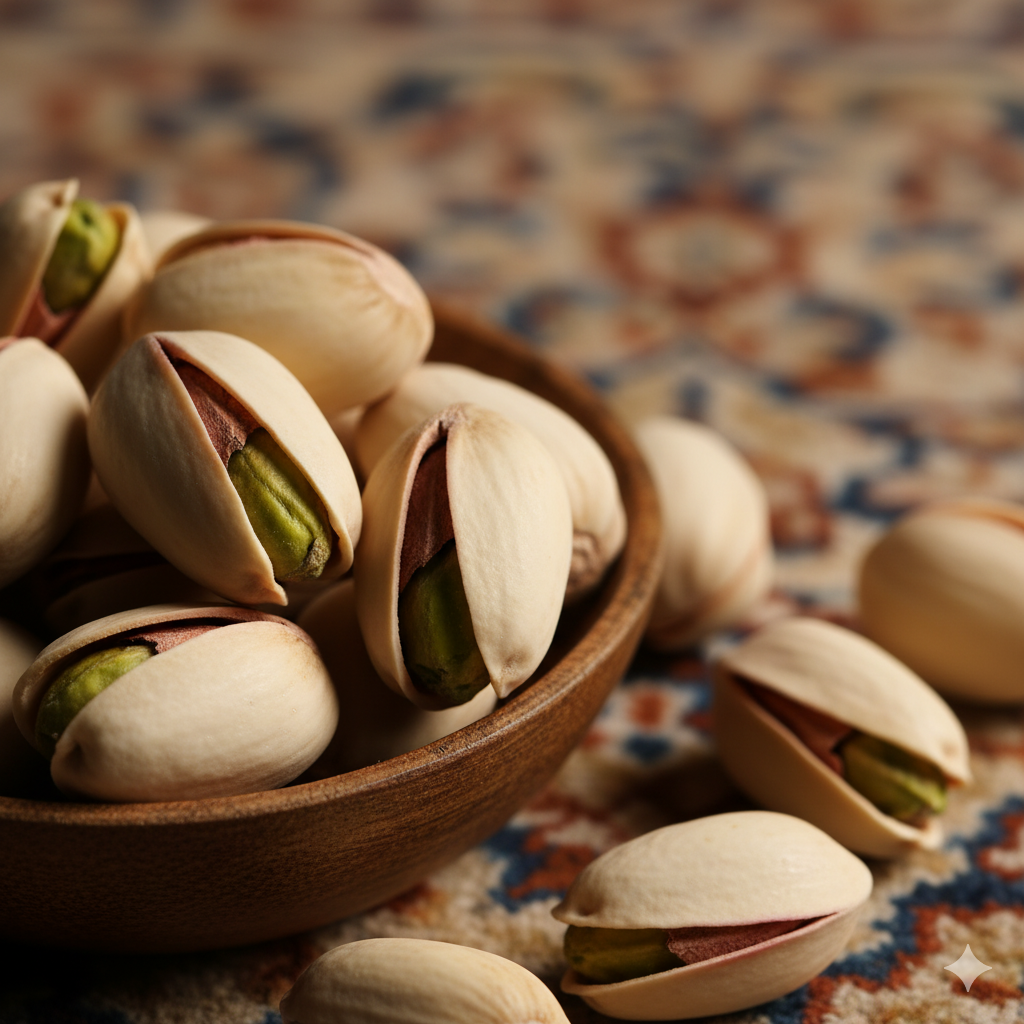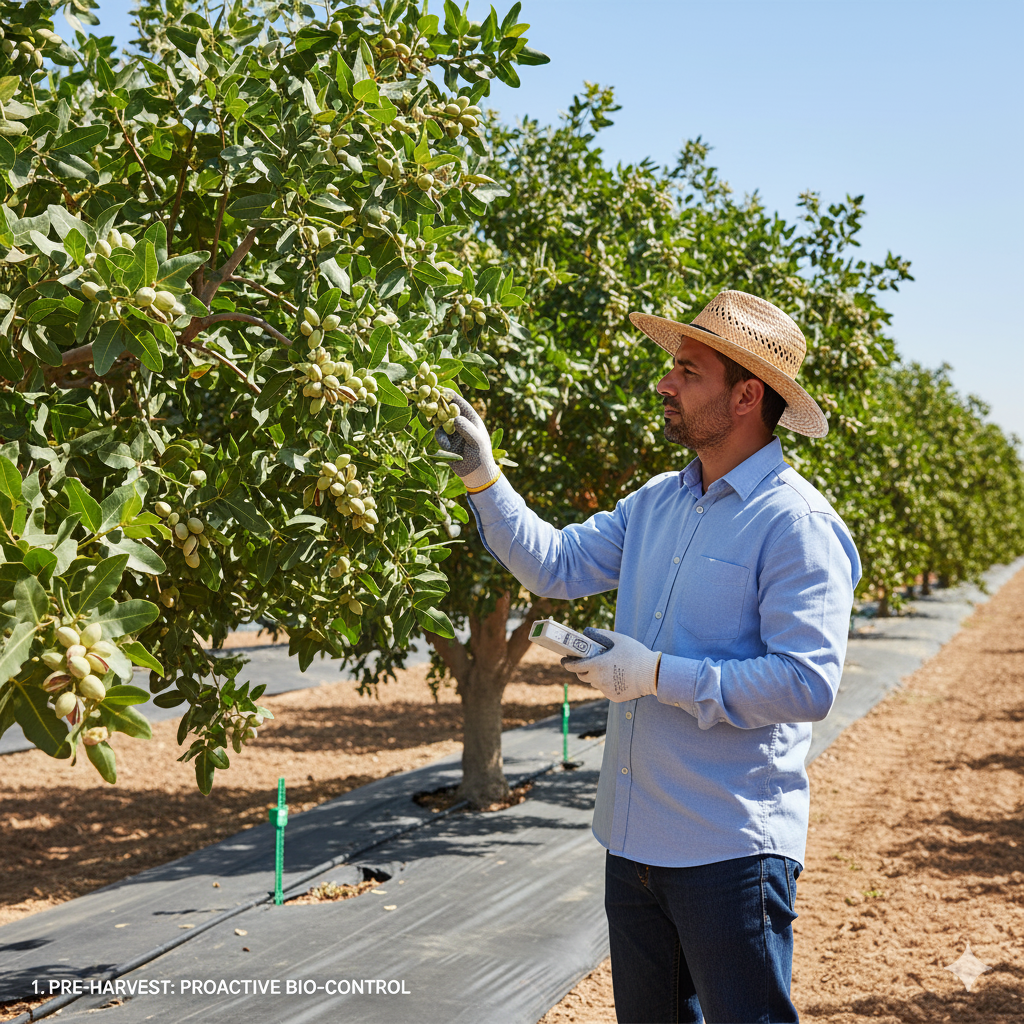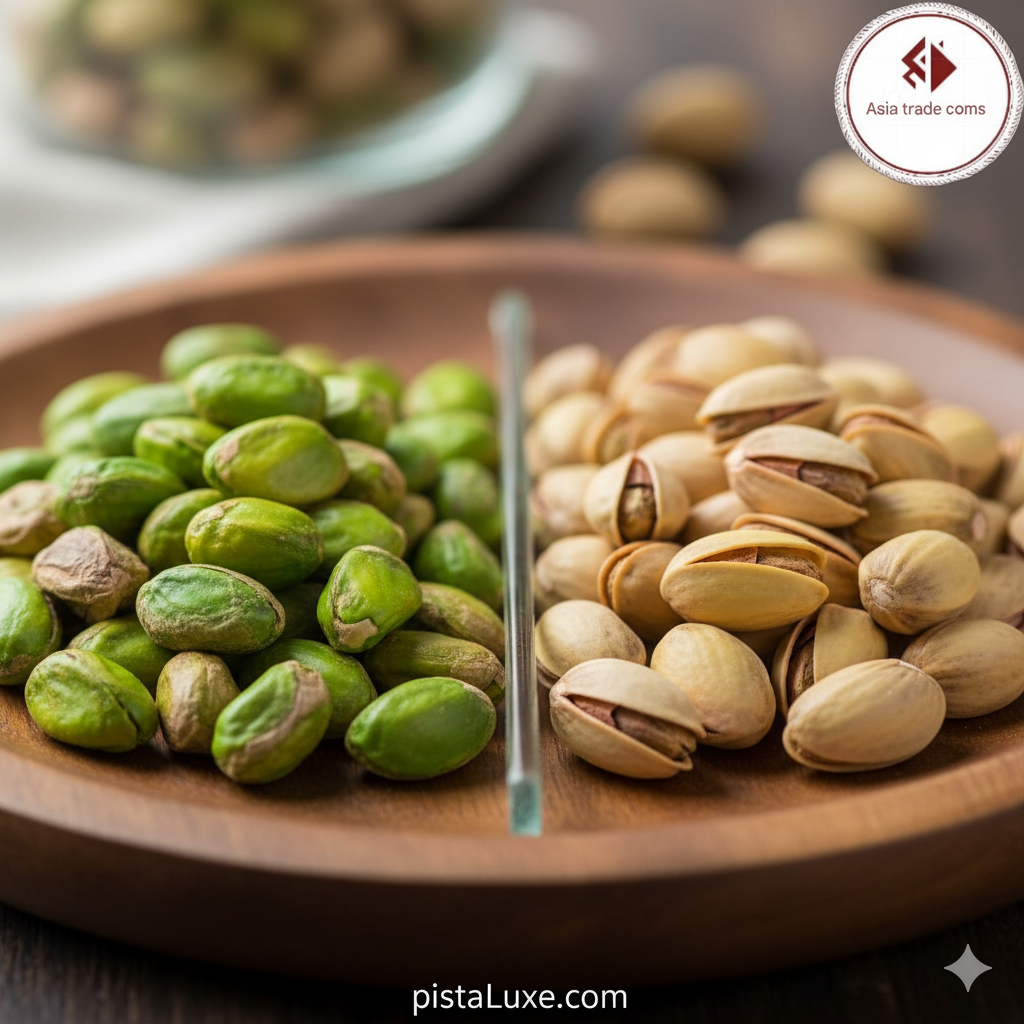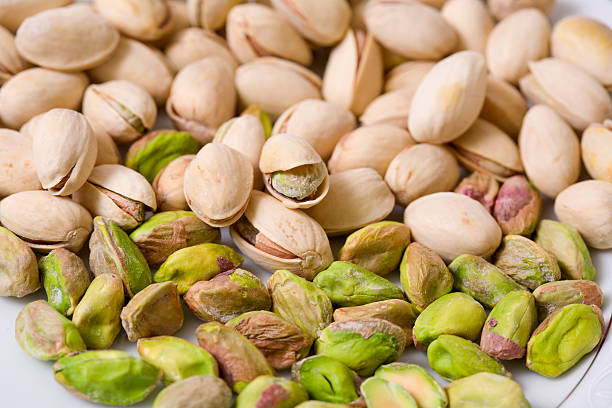
- Meta description
Discover the nutritional powerhouse of pistachios, their health benefits, calorie info, and delicious ways to add them to your diet. - Introduction
Pistachios are one of the most nutrient-dense tree nuts, celebrated for their unique green hue, buttery texture, and versatility in the kitchen. Beyond snacking, pistachios offer a compelling combination of healthy fats, protein, fiber, vitamins, and minerals that support overall health and wellness. This article explores the nutritional profile, scientifically supported health benefits, practical culinary uses, and tips for buying and storage—designed for food industry professionals and health-conscious consumers alike. - H2: Nutritional profile and key compounds
Pistachios provide a balanced mix of macronutrients and micronutrients. A one-ounce serving (about 49 nuts) typically offers:- Healthy fats: primarily monounsaturated and polyunsaturated fats
- Protein: a solid plant-based source
- Fiber: contributes to digestive health and satiety
- Vitamins: B6, thiamine, and small amounts of others
- Minerals: potassium, phosphorus, copper, manganese
- Antioxidants: carotenoids (lutein, zeaxanthin) and vitamin E (tocopherols)
Practical note for product developers: consider roasting, salting, or flavoring options that retain nutrient integrity.
- H2: Health benefits (evidence-backed highlights)
- Heart health: healthy fats and antioxidants support lipid profiles and vascular function.
- Weight management: fiber and protein promote fullness, potentially aiding portion control.
- Blood sugar control: moderation of postprandial glucose with low glycemic impact.
- Gut health: prebiotic effects from fiber; supports beneficial microbiota.
- Eye health: carotenoids contribute to ocular protection.
- Antioxidant capacity: polyphenols and tocopherols help combat oxidative stress.
Note: benefits vary with portion size and overall dietary patterns.
- H2: Fun facts and myths
- Pistachios are technically a fruit; their shells reflect the harvesting process.
- Shell-to-nut ratio and freshness impact consumer perception.
- Allergen notes: tree nuts are common allergens; cross-contact risks exist in production.
- H2: Culinary uses and recipe ideas
- Snacking: seasoned or raw
- Salads and grain bowls: add crunch and nutrition
- Baked goods: pistachio paste, pistachio crusts
- Dairy-free options: pistachio-based creams or yogurts
- Food industry tip: consider pistachio paste as a natural flavoring and colorant.
- H2: Buying, storage, and shelf life
- Choose moisture-resistant packaging; look for freshness indicators
- Store in a cool, dark place; refrigerate for extended shelf life
- Shelf life varies by processing (raw vs roasted vs salted)
- H2: FAQ (3–5 questions)
- How many pistachios should I eat per day?
- Are pistachios good for weight loss?
- Do pistachios affect cholesterol?
- Are pistachios dairy-free?
- Can pistachios trigger allergies?
- H2: Conclusion
Pistachios offer a compelling blend of taste, nutrition, and versatility for food businesses and health-conscious consumers. When integrated thoughtfully into products and menus, they support heart health, satiety, and culinary creativity.


